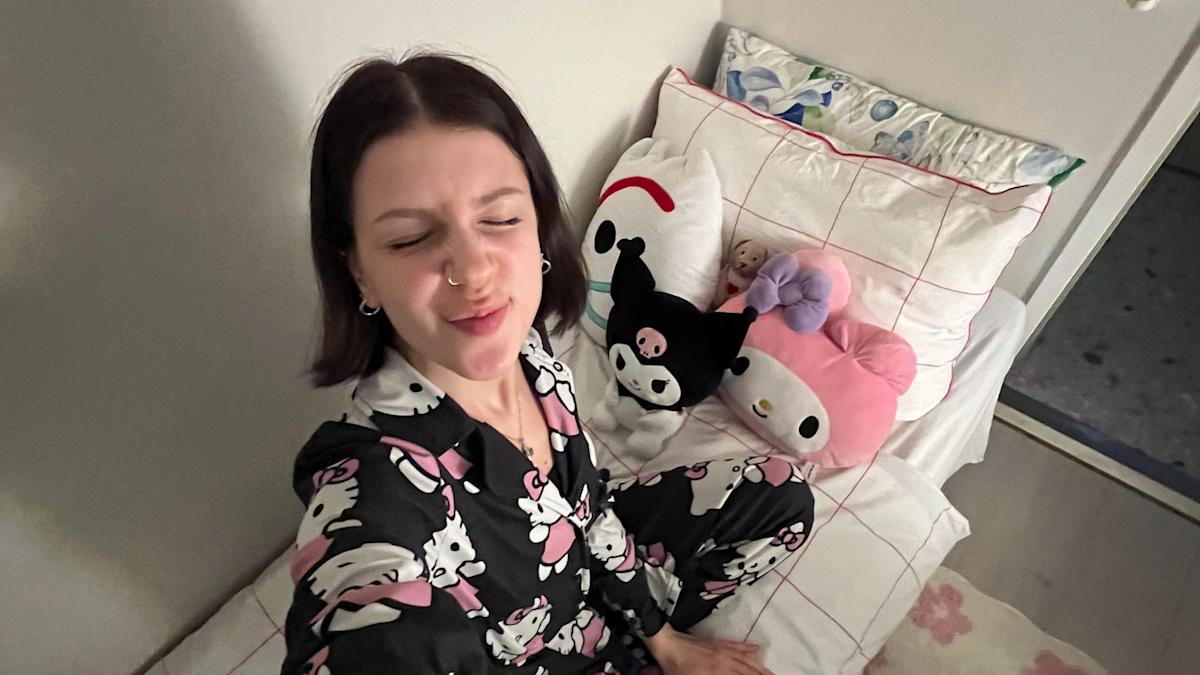Tiny Space, Big Freedom: How My 7-Square-Meter Home Transformed My Life

Embracing Minimalism: A Graduate Student's Journey in a Tiny Seoul Apartment
When Lydia Rouka, a 27-year-old international business student, first moved into her 7-square-meter micro-apartment in Seoul, South Korea, she never expected to fall in love with minimalist living. Her compact living space, known locally as a goshiwon, measures just 2.5 meters by 3 meters and contains only the essentials: a single bed, a compact desk and chair, some shelving, a small refrigerator, and a combined wet room and toilet.
The transition wasn't easy. Lydia had to dramatically downsize her belongings, parting with many cherished possessions. However, what initially seemed like a challenging compromise quickly transformed into a liberating experience. "I'm absolutely loving this minimalist lifestyle," she shares, her enthusiasm evident.
Her tiny apartment has become more than just a living space—it's a testament to the power of simplicity and intentional living. By stripping away excess, Lydia has discovered a sense of freedom and clarity that extends beyond her physical environment.
